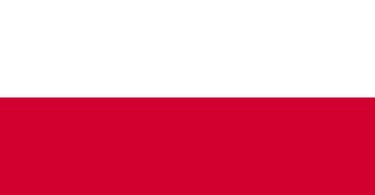TITLE I On Federal Belgium, Its Components and its Territory
Article 1
Belgium is a federal State composed of Communities and Regions.
- Belgium comprises three Communities: the Flemish Community, the French Community and the German-speaking Community.
Article 3
Belgium comprises three Regions: the Flemish Region, the Walloon Region and the Brussels Region.
Article 4
Belgium comprises four linguistic regions: the Dutch-speaking region, the French-speaking region, the bilingual region of Brussels-Capital and the German-speaking region.
Each municipality of the Kingdom forms part of one of these linguistic regions.
The boundaries of the four linguistic regions can only be changed or corrected by a law passed by a majority of the votes cast in each linguistic group in each House, on condition that a majority of the members of each group is present and provided that the total number of votes in favour that are cast in the two linguistic groups is equal to at least two thirds of the votes cast.
Article 5
The Flemish Region comprises the following provinces: Antwerp, Flemish Brabant, West Flanders, East Flanders and Limburg. The Walloon Region comprises the following provinces: Walloon Brabant, Hainaut, Liege, Luxembourg and Namur.
A law can exclude certain territories, of which it establishes the boundaries, from division into provinces, bring them directly under the federal executive power and subject them to a specific statute. This law must be passed by a majority as described in Article 4, last paragraph.
Article 6
Provincial subdivisions can only be established by virtue of a law.
Article 7
The boundaries of the State, the provinces and the municipalities can only be changed or corrected by virtue of a law.
TITLE Ibis. On general political objectives of federal Belgium, the communities and the regions
Article 7bis
In the exercise of their respective competences, the Federal State, the Communities and the Regions pursue the objectives of sustainable development in its social, economic and environmental aspects, taking into account the solidarity between the generations.





